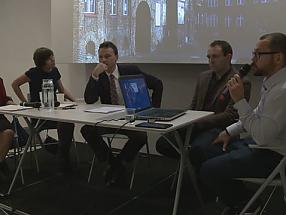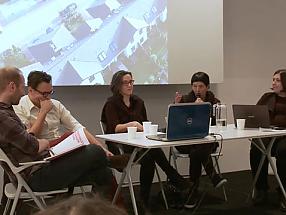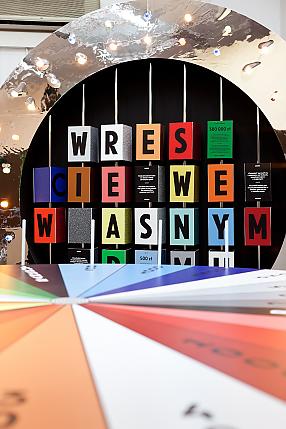WARSAW UNDER CONSTRUCTION 8
“Home at Last”: The Polish House During the Transition.
“We are home at last, a home of our own. Don’t be idle, don’t wait around. What should you do? Join in and help!” exclaimed famous actors from television screens, after the cabinet of Tadeusz Mazowiecki took office.
It was the time of the Balcerowicz Plan implementation. The quoted statement was about erasing the border between the government (them) and the public (us) – now we were all supposed to come together and build capitalist prosperity.
The home, of course, meant Poland. However, the transformation has brought a literal realization of the slogan – indeed, many of us moved into homes of our own. After years of living in identical “cubes” of the Gierek era, we finally had a chance to make our dreams come true: a dream of moving into a single family house, typically in the suburbs.
Finally. We were impatient. After years of waiting for an apartment, living in cramped flats, made of factory produced concrete panels with all their faults, we had had enough. Enough, also, of each other: of the overcrowding, the social mix, the acoustically troublesome presence of others.
At home, our own... We bought a plot of land, we built concrete fences. Other people like us moved in next door. We took out a loan to buy a house in one, or, increasingly, in another currency. We furnished our interiors according to our aspirations, our status and cultural norms. We sat down on the couch.
At the time, we lost the beginning of the slogan: “We are.” We traded that for “I am.” Perhaps even for “I have.”
But do we actually own the house? Is a house purchased with loaned money one’s own? Why does home ownership often imply connecting to the global financial system? Why does it come with uncertainty and fear? Why did property become such an important indicator of status, and taking out a loan, the measure of civic maturity? What mechanisms were at work in the construction of the middle class? What material was used to build it, and what practices and dreams shaped its interiors?








